The Magic of Sorting and Classifying in PreSchool
Basic sorting activities help build foundations for many life-long skills and concepts, including language, vocabulary, math and social interaction.
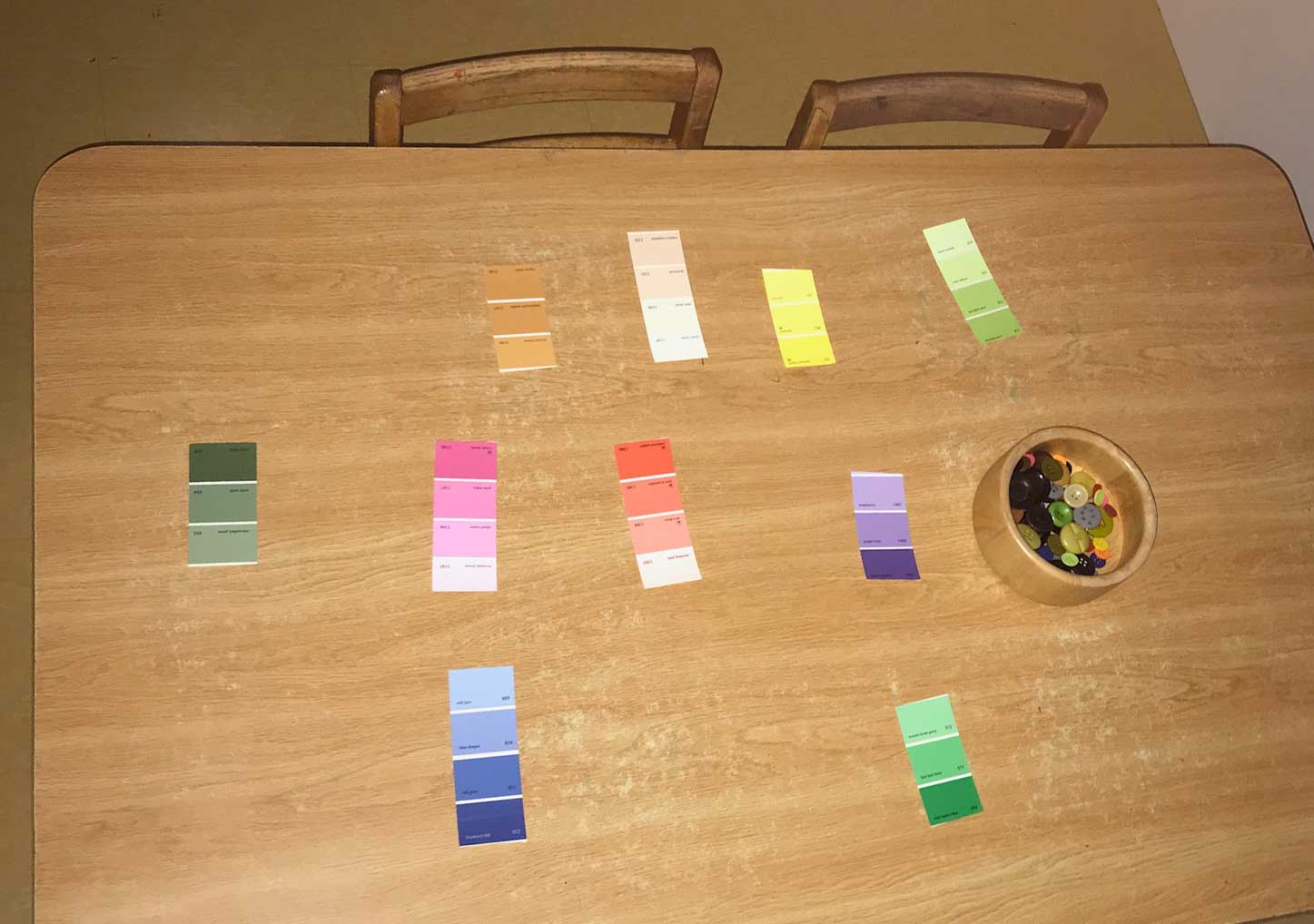
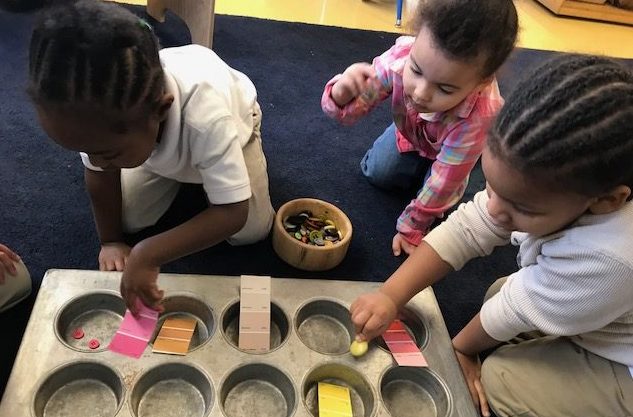
Sorting is a natural way for children to explore their environments.
Instinctively, as children explore their environment, they begin to notice similarities and differences. Children begin this process by sorting things that have relevance and meaning. An example of this is an infant’s recognition of which sounds bring adult attention, and which sounds do not. Use of different natural materials in all different shapes and sizes will prompt a child to do what they naturally do: explore, investigate, and determine the likes and differences of the objects.
In addition to natural materials, colored rings (from Eco-Works in New Haven), paint chip colors, crayons, and other easy-to-access materials kept children engaged in a sorting and classifying activity that lasted a good part of morning play time. The children also decided to grab magnifying glasses to examine their final product.
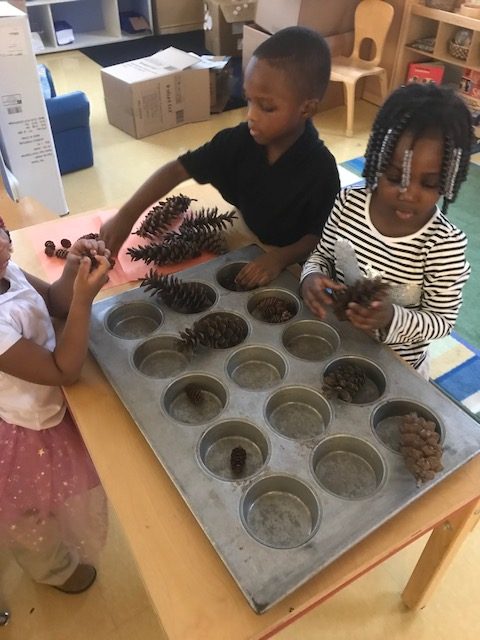
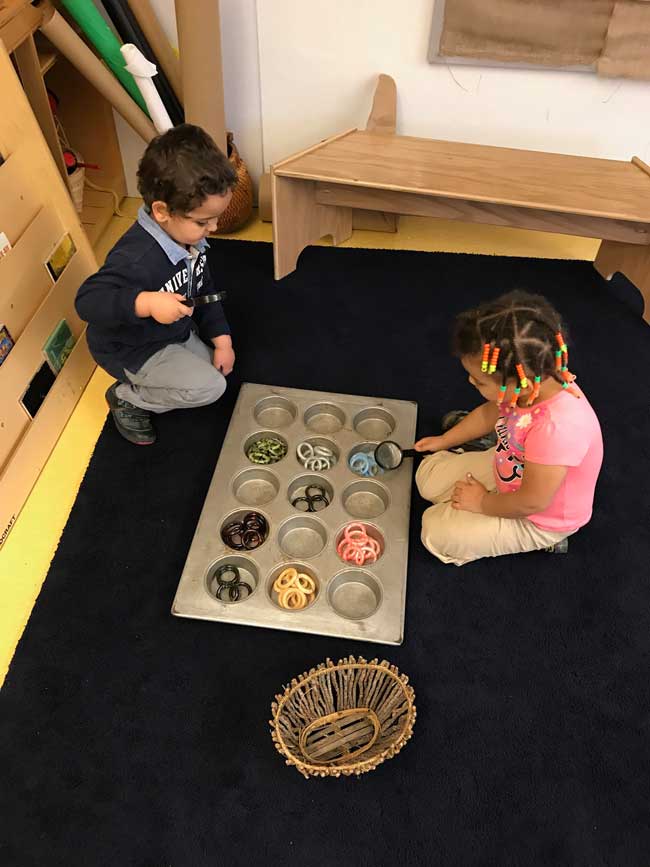
Steps Involved in Sorting
Children begin first with sorting and organize their learning centers by sorting boxes and natural materials that will be used. Classification is the next step in sorting. Classification is the grouping of objects because of their characteristics. In our classroom, by simply placing baskets and old silverware on a wooden bench children are prompted to make decision about which pieces of silverware can be grouped together.
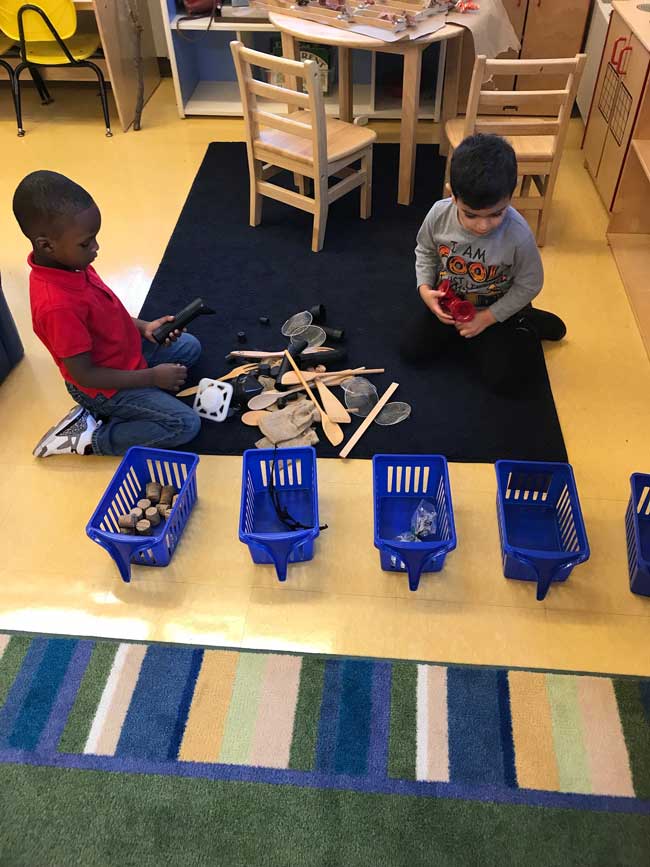
Math Concepts
Simple sorting encourages children to experience mathematics as they play. By implementing simple sorting and classifying activities, children eventually become capable of sorting, classifying, and counting. Basic sorting activities can lend a hand to a number of math concepts such as number sense, one to one correspondence, and knowledge of total sum. The children took part in a color sorting activity that was later extended to counting the buttons that they have sorted.
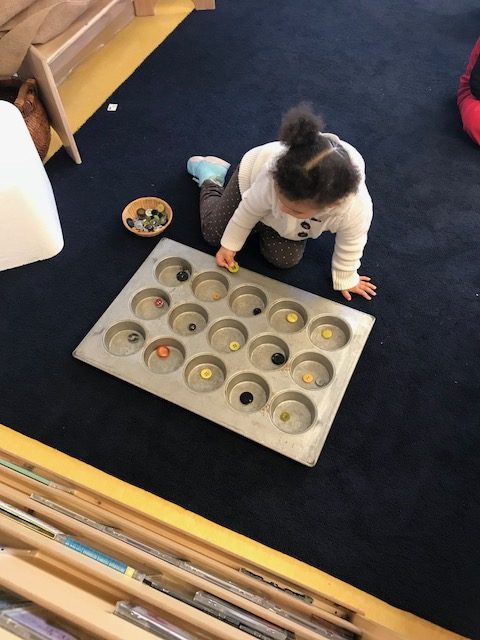
Problem Solving
In order to sort, children focus on the attributes of the objects. Sorting initiates problem solving and inspires a new way of doing things. This child has modified this activity by using the wooden tongs found in our science area. Without even knowing it, she has come up with a new and fun way to sort.
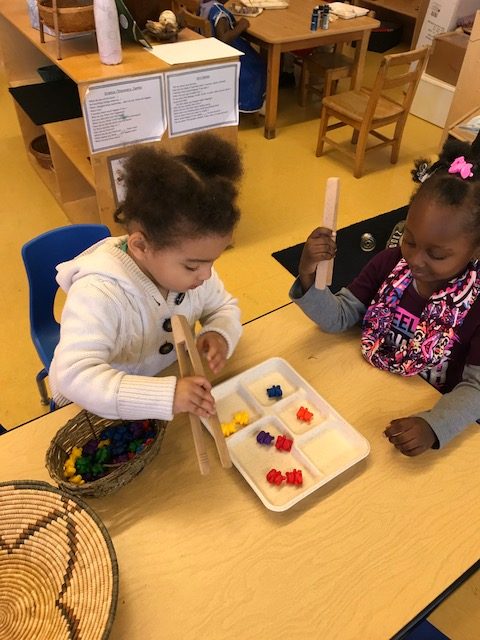
Language & Vocabulary Development
During sorting activities children start to develop language and learn new vocabulary by discussing the attributes related to the objects sorted.
Social Interaction & Motor Development
Simple sorting and classifying activities provide enriching ways to also reach other domains, strengthening children’s ability to have positive social interactions. These activities encourage use of language and the acquisition of new vocabulary, fine tuning cognition and building up their fine and gross motor development. This is just some of the magic created through sorting and classifying in preschool.
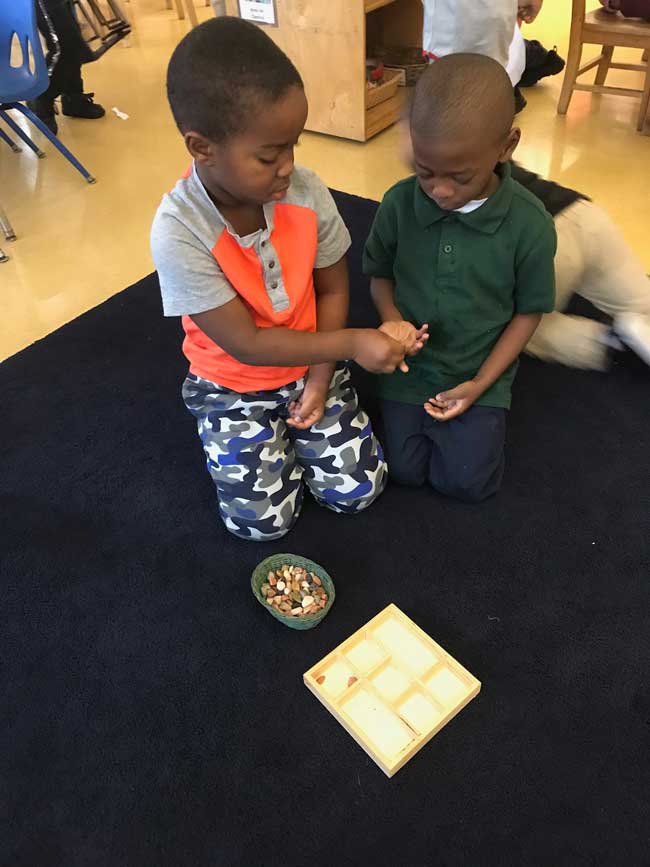
Shandra Patton is a Seedlings Alum and former Seedlings Fellow teaching preK at Augusta Lewis Troup School in New Haven. She collaborates with kindergarten teacher Gyna Grant and art teacher Rebecca Looney (both two-time participants at our summer workshop) to integrate curriculum and explore process art at various age levels.
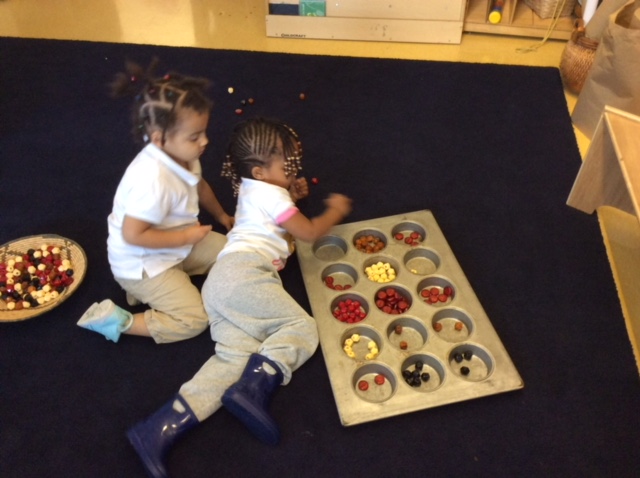
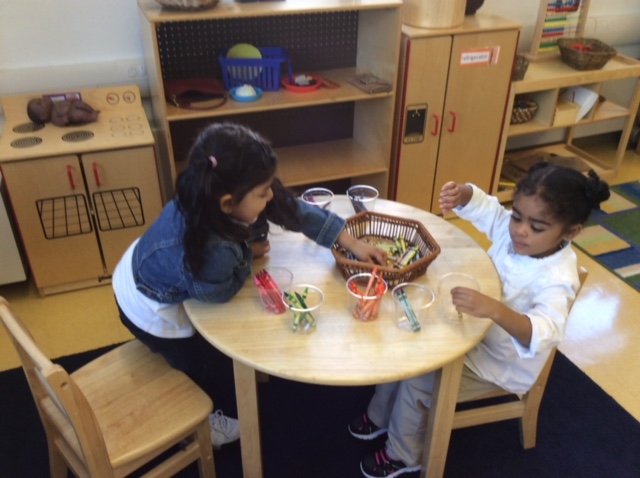
More from In My Classroom
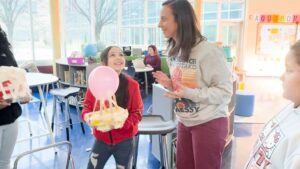
Watch Students Explore Gravity Concepts And Problem Solve through STEM
J.S. Martinez Magnet School’s STEM Resource Teacher Alyssa Granata-Basso welcomed Seedlings Educators Collaborative to observe students don their engineering hats in a hands-on problem-solving lesson exploring gravity. In teams, students designed, built, tested, and re-engineered a traveling vehicle to protect Alyssa’s friend “Eggbert” from the impact of landing.
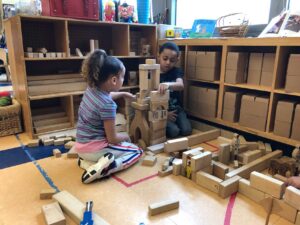
Reclaiming Kindergarten by Going Back to the Basics
As schools and districts place increasing emphasis on scores from high-stakes testing, teachers receive less autonomy in developing experiences and curriculum that engage students in meaningful learning. Over the course of one year, teachers revamped their kindergarten program, putting children’s development and interests in their rightful place as the centerpiece of curriculum by bringing play back into the classroom.
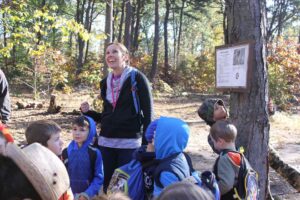
Jen Wilson’s Kindergartners Discover STEAM and Meaningful Connections in the Great Outdoors
Jen Wilson, kindergarten teacher at Cook Hill School in Wallingford, and the school librarian, Anna O’Brien, were awarded a grant from the Wallingford Education Foundation to develop a program they are calling KinderTinker. Jen and Anna are bringing the learning outside for extended free play and exploration, as well as structured STEAM-based activities that tie into the kindergarten science units.
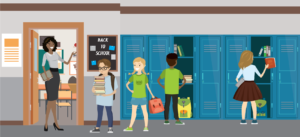
What should we expect from a 5th grader?
There are academic, behavioral and social-emotional benchmarks we expect of our general education students, no matter the year, but fifth grade, in particular, brings about new expectations as students move from lower elementary to more focused academic work, classroom transitions, and the need for organization and multitasking, among other important skills.

Animals in Winter: Student-Driven Learning to Explore Habitats
Jen Wilson’s kindergartners learn about shelter, safety, food through science, nature, math, engineering and reading.

Hug a Tree: A Framework for STEAM Learning
Hug a Tree: A Theme for STEAM Learning Seedlings Facilitator Julie Peterman took her students out to look at trees for a meaningful learning experience. One warm late winter morning, Julie Peterman’s 3-year old class at Conte West Magnet School to were introduced to Nyree Hodges, an educator at Common Ground Urban Farm and Environmental
